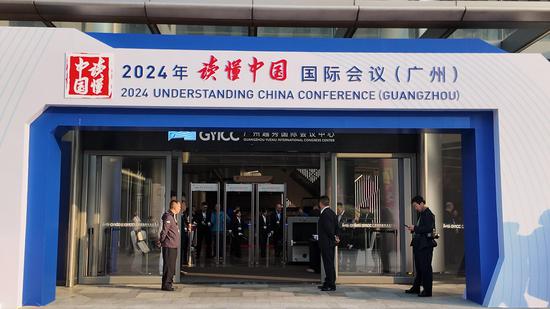The reforming efforts China has made over the past 40-odd years have brought fruitful results in terms of economic development, and the country is expected to continue being the major growth driver for the global economy, said a senior official at the International Monetary Fund.
"China's growth was the result of reforms that China undertook to generate that growth, not a miracle. That's a lesson actually for the world and the country itself going forward — growth depends on reform," said Steven Barnett, the IMF's senior resident representative in China, in Beijing on Thursday.
In terms of how to keep pushing ahead with reforms, Barnett said China needs to boost market-oriented development.
"The recipe for doing so is to give the market a more decisive role in allocating resources and ensure a level playing field," he said.
China is set to contribute over a quarter of global economic growth this year and next, maintaining its position as the biggest driver of the world economy despite challenges, Barnett added.
The IMF official said that China is projected to contribute 0.9 percentage points — or around 28 percent — to global growth in 2024, based on the IMF's forecast of 3.2 percent global growth and 4.8 percent growth in China.
This will make China continue to be the single largest contributor to global growth, he said, adding that the same figures of contribution are expected in 2025, underscoring the nation's continued importance to the global economy.
The contribution does not yet take into account the positive spillover of China's growth on other economies, Barnett said.
Stronger growth in China would be good for China, and it would also help lift demand for the global economy, he said.
While there are concerns that China's consumer demand has been subdued, Barnett said that no major economy saw household consumption grow as quickly as China over the two decades before the COVID-19 pandemic.
Barnett said the real challenge is that, though consumption expanded fast, GDP growth has been even higher, leading to a relatively low share of consumption in GDP. In 2019, household consumption accounted for 39.2 percent of China's GDP, versus 67 percent in the United States.
This structural imbalance presents an opportunity for China: By transitioning to a consumption-driven growth model — whereby consumption grows faster than GDP — the share of consumption in GDP could steadily increase, unlocking new economic potential for the long term, he said.


















































 京公网安备 11010202009201号
京公网安备 11010202009201号